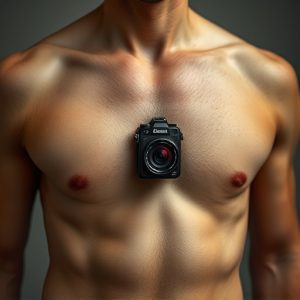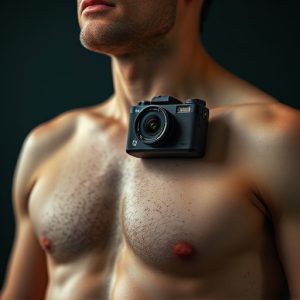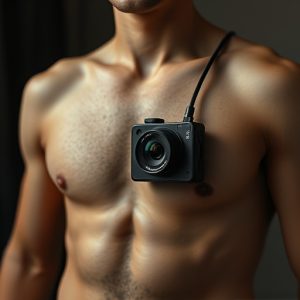Hidden Personal Body Cameras: Features, Legalities, and Best Practices
Hidden personal body cameras offer discreet, high-quality video and audio recording for documentatio…….
Hidden personal body cameras offer discreet, high-quality video and audio recording for documentation and evidence in various scenarios. While valuable for professionals in security, law, journalism, and investigation, their deployment raises significant legal and privacy concerns due to potential infringement on civil liberties and chilling effects on free expression. Ethical and legal use requires informed consent, transparency, local law adherence, secure data handling, respect for personal space, and regular software updates.
Uncover the power of hidden personal body cameras, a revolutionary tool that captures life’s moments discreetly. This technology offers unprecedented clarity and security, with advanced features like HD video and audio recording. However, its rise also sparks debates around privacy and legal boundaries. In this comprehensive guide, we explore the benefits, delve into ethical considerations, and provide best practices for responsible use, ensuring you’re informed in the world of hidden personal body cameras.
Understanding Hidden Personal Body Cameras: Features and Benefits
Hidden personal body cameras have revolutionized the way individuals capture and preserve moments, offering a discreet yet powerful tool for documentation and evidence. These compact devices are designed to be worn on the body, typically clipped to clothing or attached to accessories, allowing users to record high-quality video and audio without drawing attention. One of the key features is their ability to provide an unobstructed view and natural sound, making them ideal for various scenarios where discretion is essential.
The benefits extend beyond personal use; hidden cameras are valuable assets for professionals who require a covert recording solution. They can enhance security measures, aid in legal proceedings by providing irrefutable evidence, or serve as a powerful tool for journalism and investigative reporting. With advanced technology, these cameras offer motion activation, long-lasting battery life, and high-definition video, ensuring users capture every detail without compromising privacy or quality.
Legal Considerations and Privacy Concerns
The use of hidden personal body cameras raises a series of legal and privacy considerations. In many jurisdictions, there are strict regulations governing surveillance and recording of individuals, especially in public spaces. Widespread adoption of hidden personal body cameras could potentially infringe upon civil liberties and privacy rights, as these devices can capture intimate details of people’s lives without their explicit consent.
Privacy advocates argue that the constant presence of such cameras could create a chilling effect on free expression and behavior, leading to self-censorship. Additionally, there are concerns about the storage and use of recorded data, including how it might be accessed, shared, or used for legal purposes. Ensuring transparency and accountability in the handling of these recordings is crucial to balancing the benefits of improved security with the preservation of privacy.
Best Practices for Using a Hidden Personal Body Camera
When utilizing a hidden personal body camera, it’s crucial to adhere to best practices to ensure ethical and legal usage. First and foremost, obtain informed consent from all parties involved before recording. Transparency is key; clearly communicate that a camera is in use to avoid any potential legal issues or breaches of privacy. Additionally, be mindful of the context and environment where you deploy the device. Public spaces may have varying regulations regarding recordings, so research local laws to ensure compliance.
Privacy is a paramount concern. Always store recorded footage securely and consider encrypting sensitive data. Use strong passwords and keep your camera’s settings confidential. Respect individuals’ personal space and ensure their comfort levels with the setup. Additionally, maintain regular updates and patches for your camera’s software to prevent any security vulnerabilities that could compromise both privacy and data integrity.


